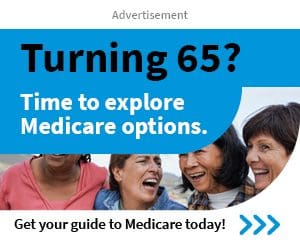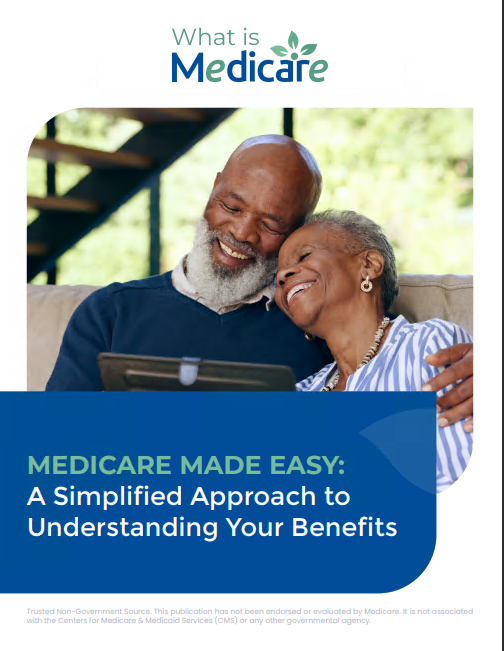Medicare Coverage Gap (Donut Hole): Managing Prescription Drug Costs
Introduction: Navigating the Medicare Coverage Gap (Donut Hole)
The Medicare Coverage Gap, commonly referred to as the Donut Hole, is a phase of Medicare Part D prescription drug coverage that can impact the out-of-pocket costs of beneficiaries. Understanding how the Coverage Gap works, its implications for prescription drug costs, and strategies for managing expenses during this phase is crucial for Medicare beneficiaries. In this guide, we’ll explore the intricacies of the Medicare Coverage Gap, empowering beneficiaries to navigate this phase effectively and access affordable prescription medications.
What is the Medicare Coverage Gap?
The Medicare Coverage Gap, or Donut Hole, is a temporary limit on what Medicare Part D plans will cover for prescription drugs. Here’s how it works:
- Initial Coverage Phase: During the initial coverage phase, beneficiaries pay a deductible (if applicable) and copayments or coinsurance for prescription medications until they reach the initial coverage limit set by their Part D plan.
- Coverage Gap Phase: Once beneficiaries reach the initial coverage limit, they enter the Coverage Gap phase. During this phase, they are responsible for a higher percentage of their prescription drug costs, including both brand-name and generic medications.
- Catastrophic Coverage Phase: After surpassing the Coverage Gap threshold, beneficiaries enter the catastrophic coverage phase, where they pay significantly lower copayments or coinsurance for covered medications for the remainder of the calendar year.
Understanding the stages of the Medicare Coverage Gap is essential for beneficiaries to anticipate changes in prescription drug costs and plan accordingly.
How Does the Coverage Gap Affect Prescription Drug Costs?
The Coverage Gap can significantly impact prescription drug costs for Medicare beneficiaries. Here’s how:
- Increased Cost-Sharing: During the Coverage Gap phase, beneficiaries are responsible for a larger share of their prescription drug costs. This may include a percentage of the drug’s retail cost or a coinsurance amount, depending on the terms of their Part D plan.
- Brand-Name Discounts: While in the Coverage Gap, beneficiaries receive a discount on the total cost of brand-name drugs purchased through their Part D plan. In 2024, beneficiaries will receive a 75% discount on the retail price of brand-name drugs, with the remaining 25% counting toward out-of-pocket spending.
- Generic Drug Coverage: Beneficiaries receive credit for the full retail cost of generic drugs purchased through their Part D plan, which counts toward their out-of-pocket spending. This credit helps beneficiaries reach the catastrophic coverage phase more quickly.
Understanding how the Coverage Gap affects prescription drug costs can help beneficiaries plan for potential increases in out-of-pocket expenses and explore cost-saving strategies.
Strategies for Navigating the Coverage Gap
Navigating the Medicare Coverage Gap requires careful planning and consideration of cost-saving strategies. Here are some tips for managing prescription drug costs during this phase:
- Explore Generic Alternatives: Whenever possible, opt for generic versions of prescription medications, which typically cost less than brand-name drugs and can help lower out-of-pocket expenses during the Coverage Gap.
- Use Drug Manufacturer Discounts: Some pharmaceutical companies offer discounts or patient assistance programs for brand-name medications. Check with your healthcare provider or the drug manufacturer to see if you qualify for any cost-saving programs.
- Consider Therapeutic Substitutions: Discuss with your healthcare provider the possibility of switching to therapeutically equivalent medications that may be more affordable and still effective for managing your medical conditions.
- Utilize Prescription Assistance Programs: Explore prescription assistance programs offered by nonprofit organizations, pharmaceutical companies, or state governments that may provide financial assistance or discounts on prescription medications for eligible individuals.
By implementing these strategies, beneficiaries can mitigate the financial impact of the Coverage Gap and continue to access the prescription medications they need to maintain their health and well-being.
Resources Available to Medicare Beneficiaries
Medicare beneficiaries have access to resources and programs designed to assist them in navigating the Coverage Gap and managing prescription drug costs. Here are some valuable resources to consider:
- State Pharmaceutical Assistance Programs (SPAPs): Many states offer SPAPs that provide financial assistance to eligible Medicare beneficiaries with high prescription drug costs. These programs may offer subsidies, discounts, or coverage for specific medications.
- Extra Help Program: The Extra Help Program, also known as the Low-Income Subsidy (LIS) program, helps eligible beneficiaries with limited income and resources afford prescription medications through Medicare Part D. This program offers assistance with premiums, deductibles, and copayments.
- Medicare Savings Programs (MSPs): MSPs help low-income Medicare beneficiaries pay for premiums, deductibles, coinsurance, and copayments associated with Medicare Part A and Part B. Some MSPs also provide assistance with prescription drug costs.
- Patient Advocacy Organizations: Patient advocacy organizations, such as the Medicare Rights Center and the National Council on Aging, offer information, support, and advocacy services to Medicare beneficiaries navigating the complexities of prescription drug coverage and the Coverage Gap.
Beneficiaries are encouraged to explore these resources and programs to determine eligibility and access additional support for managing prescription drug costs under Medicare Part D.
Conclusion: Navigating the Medicare Coverage Gap with Confidence
The Medicare Coverage Gap, or Donut Hole, presents unique challenges for beneficiaries managing prescription drug costs under Medicare Part D. By understanding how the Coverage Gap works, its impact on prescription drug expenses, and available resources and strategies for managing costs, beneficiaries can navigate this phase with confidence and ensure access to affordable medications.
Empower yourself with knowledge, explore cost-saving opportunities, and utilize available resources to mitigate the financial impact of the Coverage Gap. Remember, licensed insurance agents and patient advocacy organizations are available to provide personalized assistance and support throughout your Medicare journey. Ready to learn more about managing prescription drug costs during the Medicare Coverage Gap? Download our free eBook.
Contact Information:
Email: [email protected]
Phone: 5515556789










